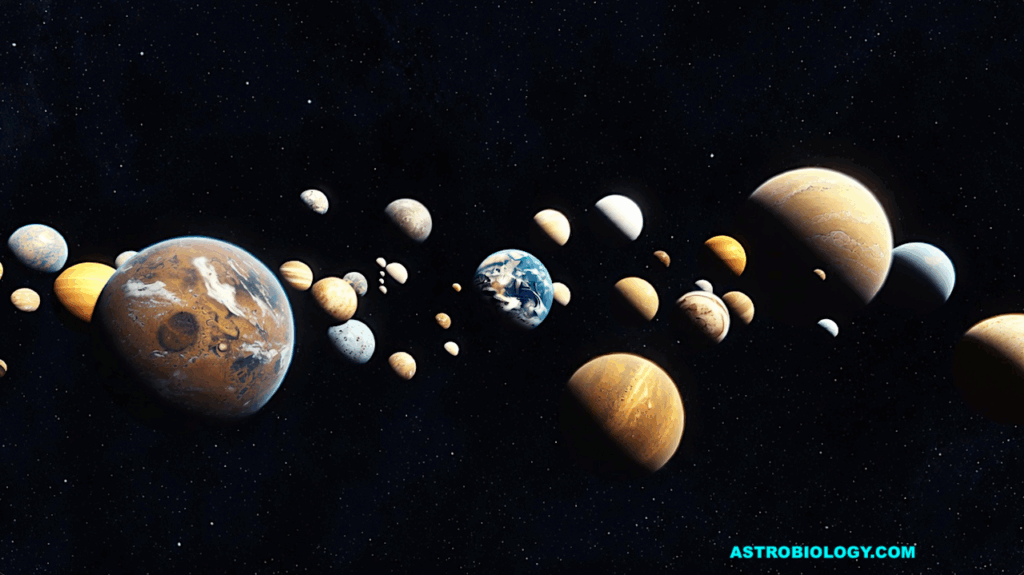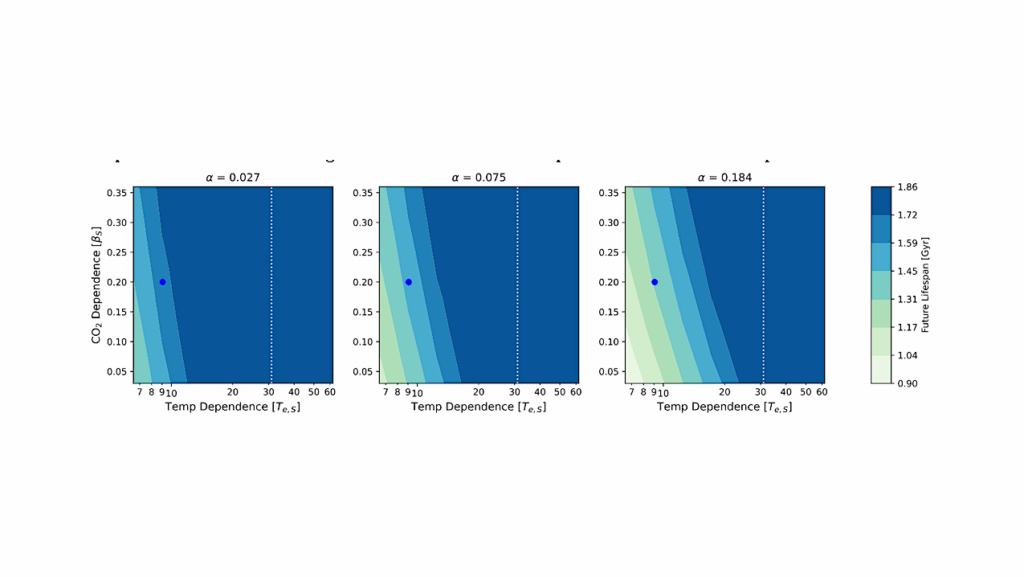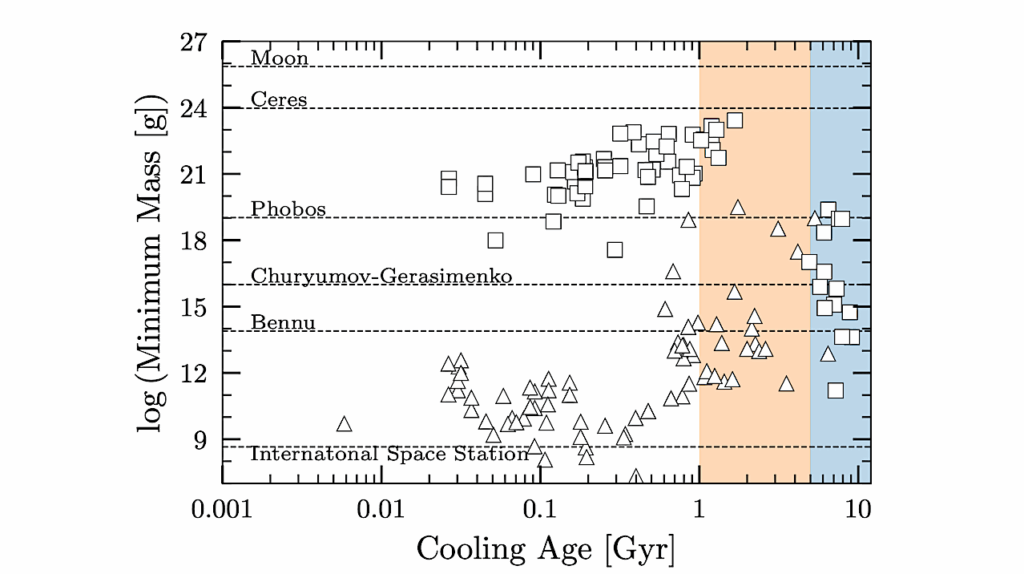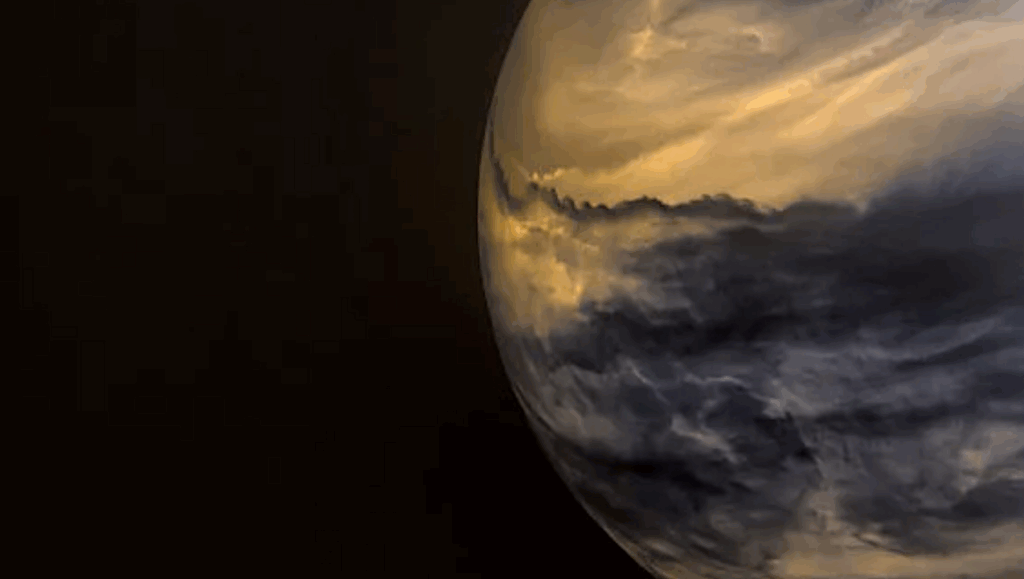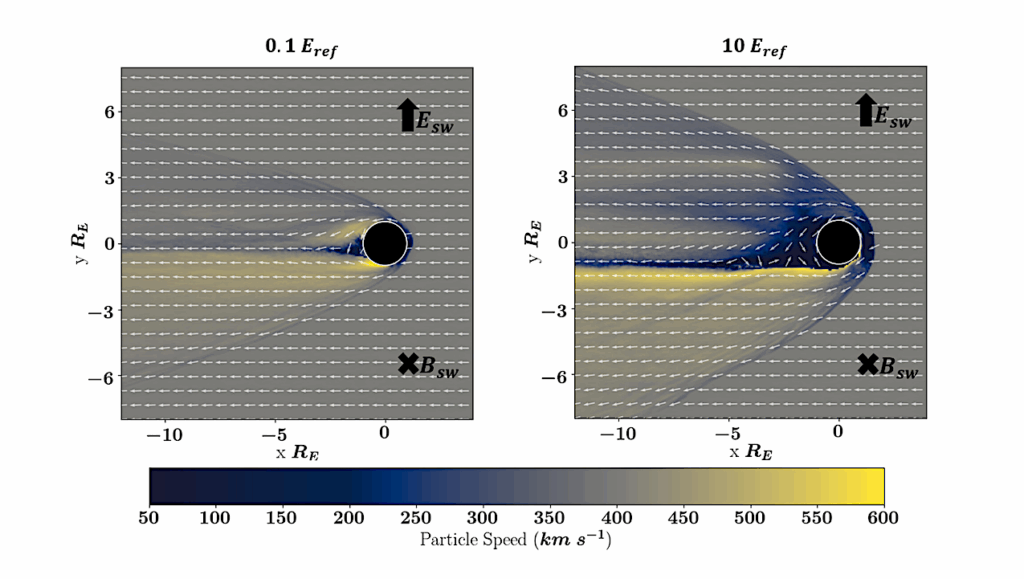Impact Sculpting Of The Early Martian Atmosphere

Intense bombardment of solar system planets in the immediate aftermath of protoplanetary disk dissipation has played a key role in their atmospheric evolution.
During this epoch, energetic collisions will have removed significant masses of gas from rocky planet atmospheres. Noble gases are powerful tracers of this early atmospheric history, xenon in particular, which on Mars and Earth shows significant depletions and isotopic fractionations relative to the lighter noble gasses.
To evaluate the effect of impacts on the loss and fractionation of xenon, we measure its ionization and recombination efficiency by laser shock and apply these constraints to model impact-driven atmospheric escape on Mars.
We demonstrate that impact bombardment within the first 200 to 300Myr of solar system history generates the observed Xe depletion and isotope fractionation of the modern martian atmosphere. This process may also explain the Xe depletion recorded in Earth’s deep mantle and provides a latest date for the timing of giant planet instability.
Oliver Shorttle, Homa Saeidfirozeh, Paul Rimmer, Vojtĕch Laitl, Petr Kubelík, Lukáš Petera, Martin Ferus
Subjects: Earth and Planetary Astrophysics (astro-ph.EP)
Cite as: arXiv:2409.07876 [astro-ph.EP] (or arXiv:2409.07876v1 [astro-ph.EP] for this version)
https://doi.org/10.48550/arXiv.2409.07876
Focus to learn more
Journal reference: Science Advances 10 (2024)
Related DOI:
https://doi.org/10.1126/sciadv.adm9921
Focus to learn more
Submission history
From: Oliver Shorttle [via Oliver Shorttle as proxy]
[v1] Thu, 12 Sep 2024 09:34:23 UTC (3,960 KB)
https://arxiv.org/abs/2409.07876
Astrobiology,



